
Can games change the world? With cities everywhere struggling to cope with the population growth that increased urbanisation brings, can video games be harnessed to help the residents, especially young people, take part in planning, and fixing their own cities? Today public spaces and entire cities are being designed, planned and played through the medium of games. The result of this ‘civic gamification’ is that city architecture and urban planning is being democratized. Cities have become the ground zero for digital innovation and the debate about how our cities evolve has suddenly gone viral. We follow three game companies navigating the space where urban planning and gaming meet. Lydia Winters at the game developer Mojang, the creators of Minecraft, Paradox Interactive and the game Cities: Skylines and José Sanches and his indie game Block’hood. How will our cities look in 20 – 100 years time?
You May Also Like

An explosion of crystal meth addiction is ravaging New York City’s gay community. “Crystal City” explores the worsening epidemic through the eyes of recovering addicts and active users as they attempt to overcome their disease.

On April 2nd 2011, LCD SOUNDSYSTEM played its final show at Madison Square Garden in New York City. LCD Frontman James Murphy, disbanding one of the most celebrated and influential groups of its generation at the peak of its popularity, ensured that the band would go out on top with the biggest concert of its career. The instantly sold out, near four-hour extravaganza featured special appearances by Arcade Fire and Reggie Watts and moved the crowd of thousands to tears of joy and grief. SHUT UP AND PLAY THE HITS both captures this once-in-a-lifetime event with stunning visuals and serves as an intimate portrait of Murphy as he navigates the 48 hours surrounding the show. Woven throughout is an honest and unflinching conversation between Murphy and author Chuck Klosterman as they discuss music, art, aging, and the decision to call it quits while at the top of your game.
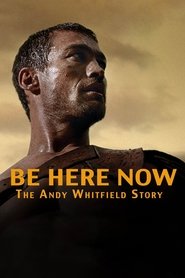
An inspiring feature documentary and love story, about the overnight sensation, actor and international sex symbol, Andy Whitfield, who put the same determination and dedication that he brought to his lead role in “Spartacus” into fighting life-threatening cancer.

Brandy Burre had a recurring role on HBO’s The Wire when she gave up her career to start a family. When she decides to reclaim her life as an actor, the domestic world she’s carefully created crumbles around her.
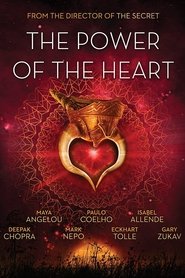
From the director of ‘THE SECRET’ comes this unparalleled and life-changing film about the astonishing power and intelligence of your heart. Featuring some of the most inspiring and influential icons of our age including Paulo Coelho, Maya Angelou, Deepak Chopra, Isabel Allende, and Eckhart Tolle, ‘THE POWER OF THE HEART’ – which ties into a book of the same name – is an experience that will lead you to uncover… and rediscover… the treasure in your chest.
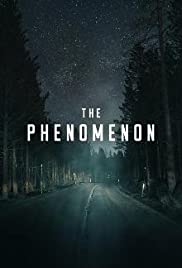
This documentary examines unidentified aerial phenomenon. With testimony from high-ranking government officials, and NASA Astronauts, Senator Harry Reid says it “makes the incredible credible.”

The Business of Recovery examines the untold billions that are being made off of families in crisis. With little regulation or science, addiction treatment has become a cash cow business that continues to grow while deaths pile up.
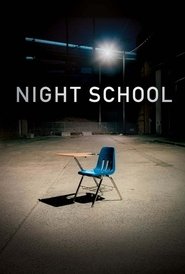
Indianapolis has one of the lowest high school graduation rates in the country. Night School follows three adult students living in the city’s more impoverished neighborhoods as they attempt to earn their diplomas while juggling other difficult responsibilities and realities. Through their stories, the filmmakers explore many issues that low-income Americans deal with, including unjust minimum wage and working conditions, arbitrary legal hindrances, and race and gender inequality.
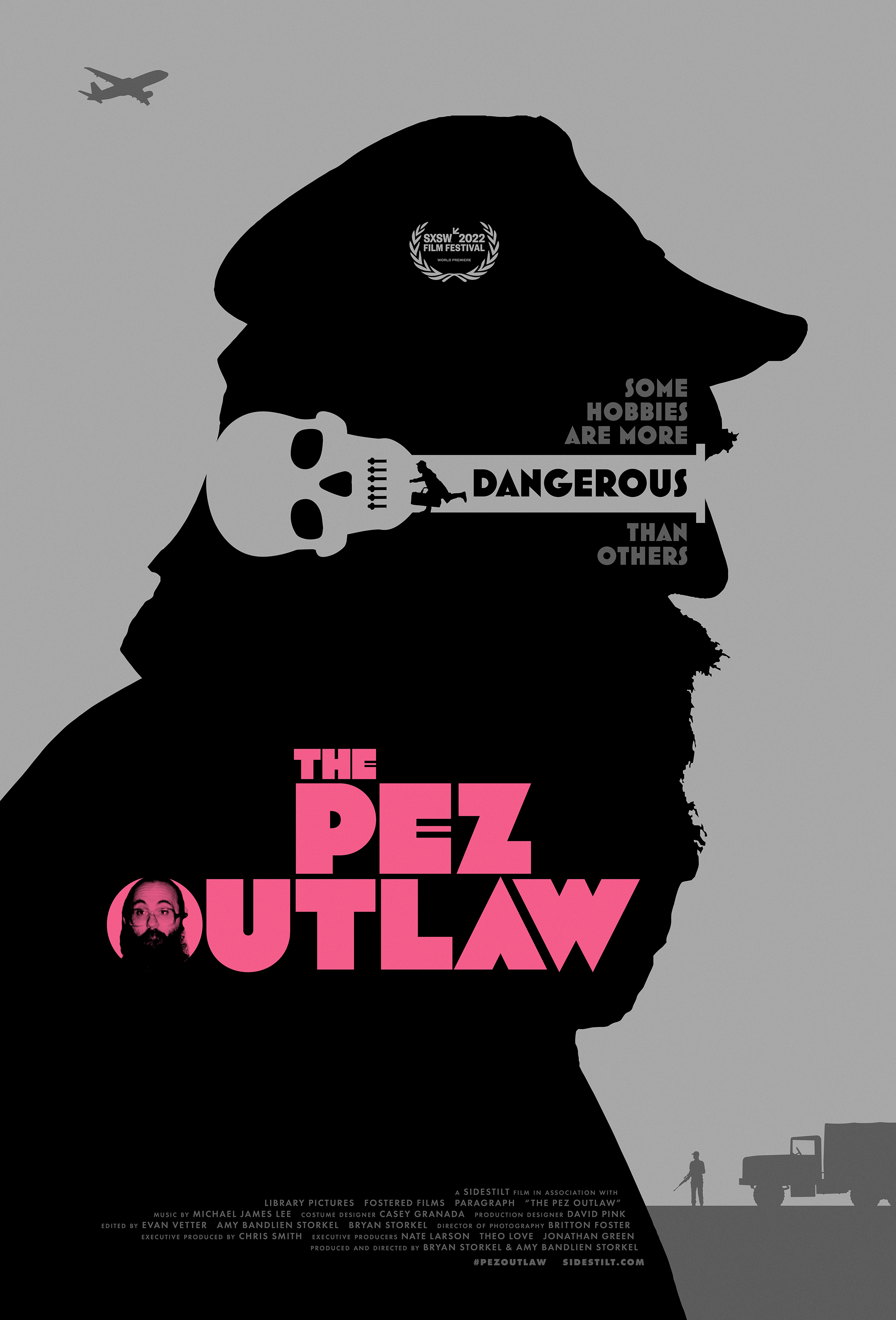
This incredible fish-out-of-water story follows the adventures of Steve Glew, a small-town Michigan farmer, who boards a plane for Eastern Europe soon after the fall of the Berlin Wall. His mission is to locate a secret factory that holds the key to the most desired and valuable pez dispensers. If he succeeds, he will pull his family out of poverty and finally find a purpose in his mundane life. Steve becomes the hero of his own adventure, smuggling the rarest of goods into the U.S. and making millions in the process. It was all magical, until his arch-nemesis, The Pezident decided to destroy him.

Brenda Emmanus explores the art collection of Charles I, much of which is being reunited for a unique exhibition for the first time since his execution. Brenda hears the stories behind the works of art and learns how the collection was sold off by Parliament following Charles’s death.
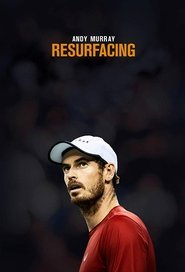
A documentary film that tracks the tennis star’s devastating injury journey between 2017-2019. From the front lines of surgical theatres, to the intimate corners of his home, we live alongside and witness Andy at his most vulnerable. Considered Britain’s greatest sportsman ever, we see why Andy puts himself through the unimaginable to get back to the sport he loves.